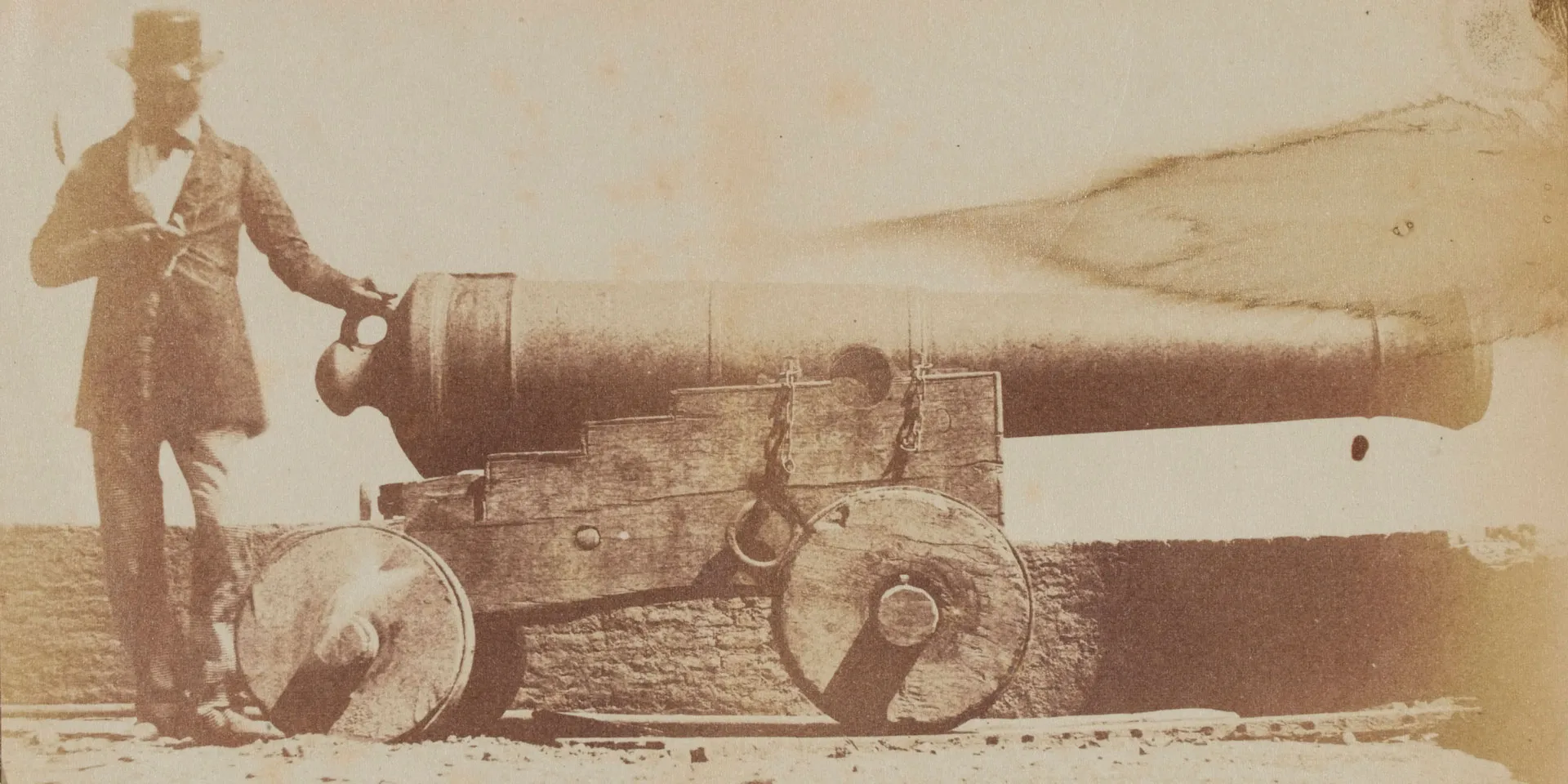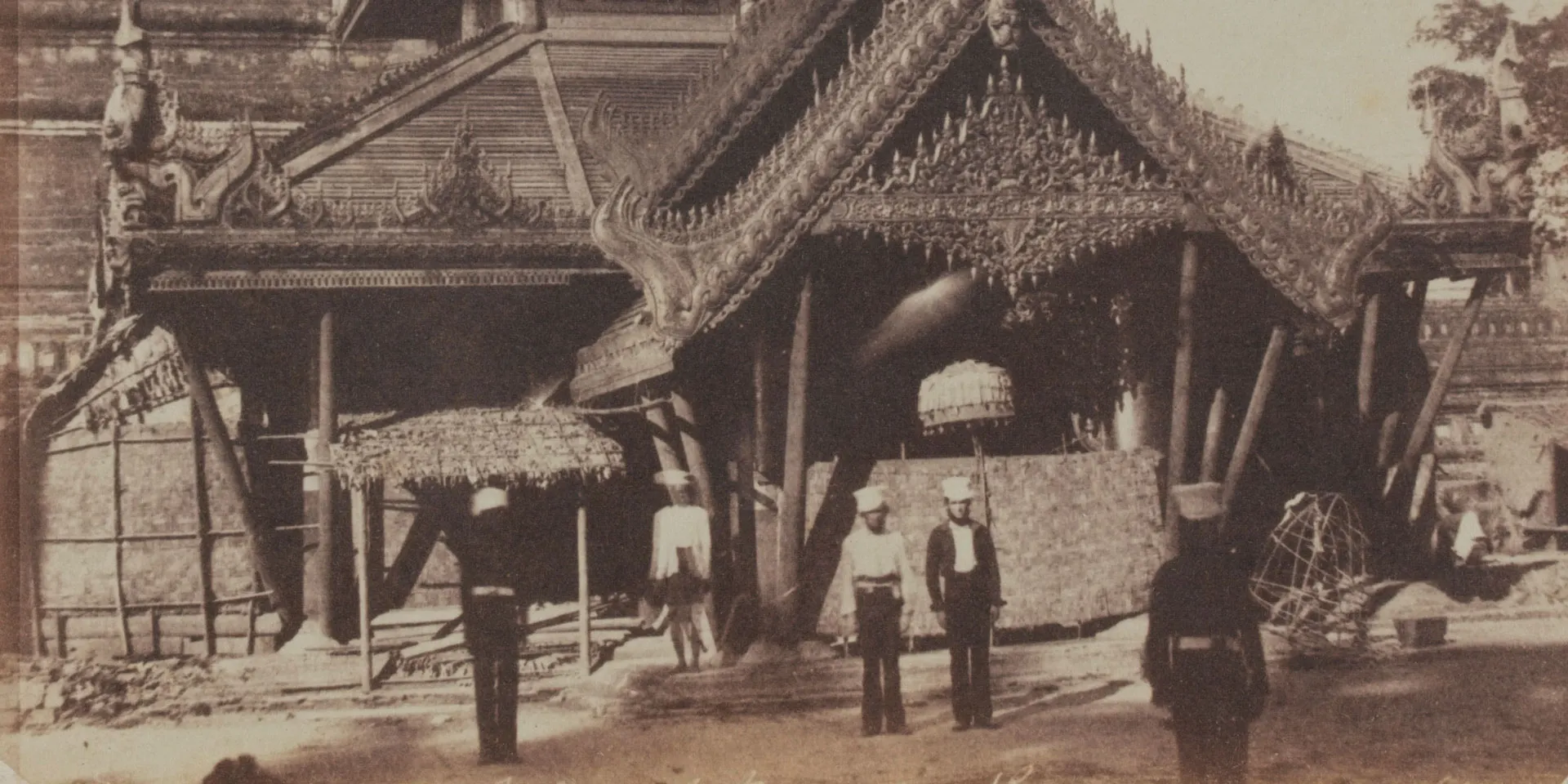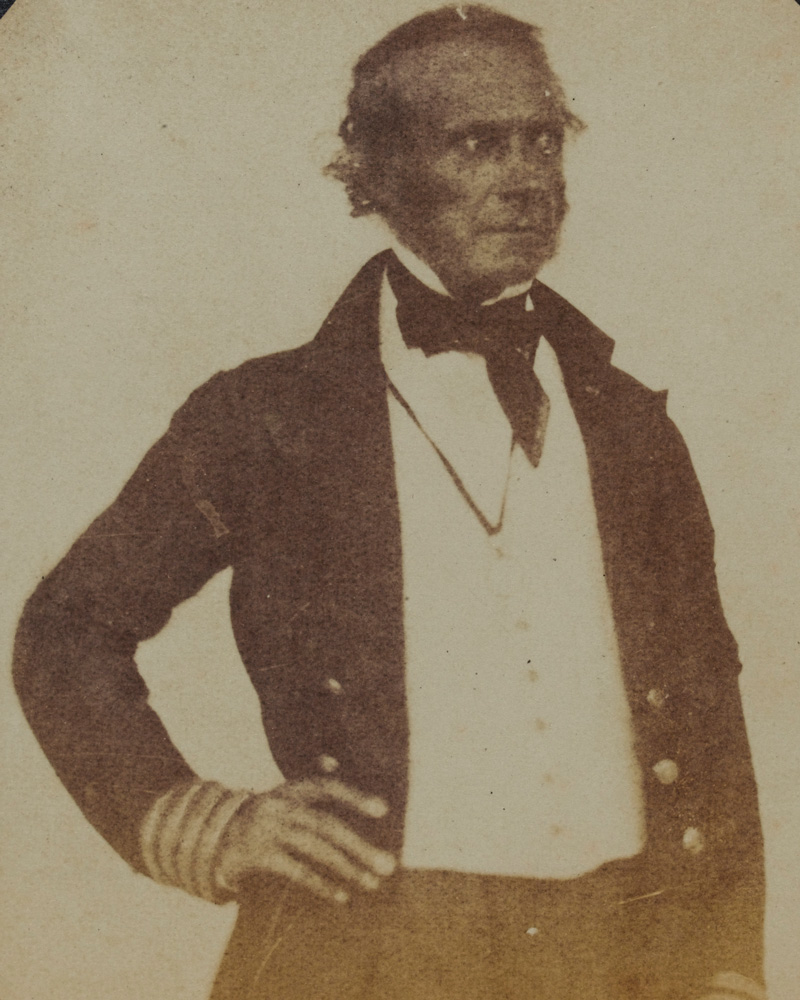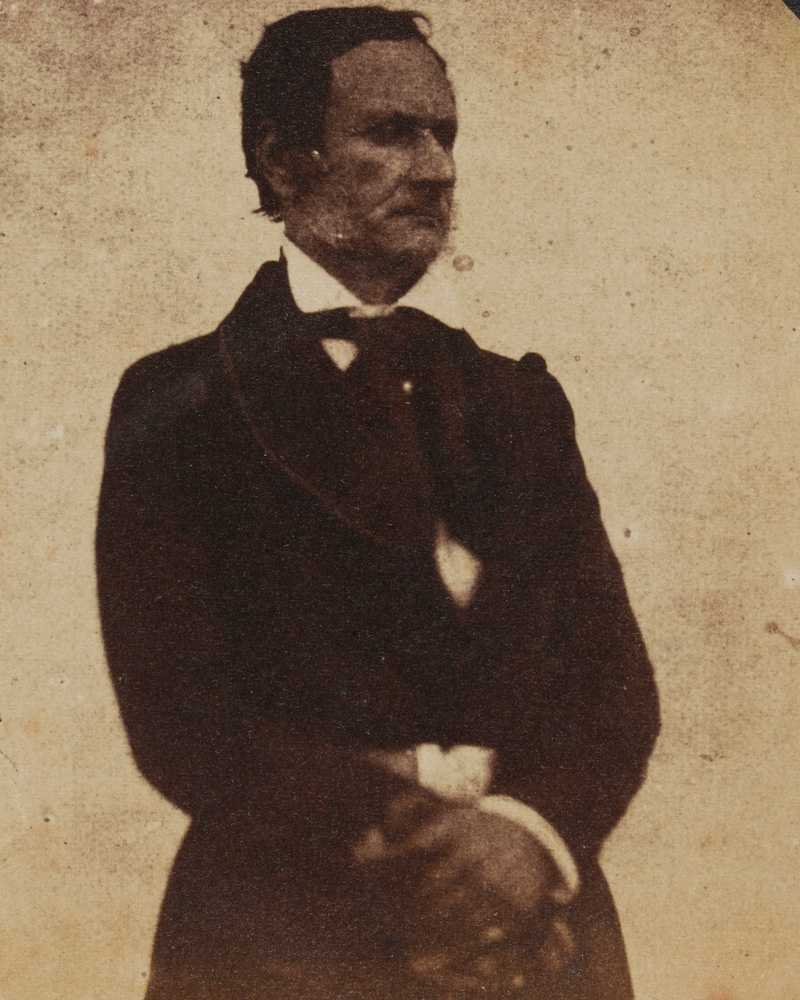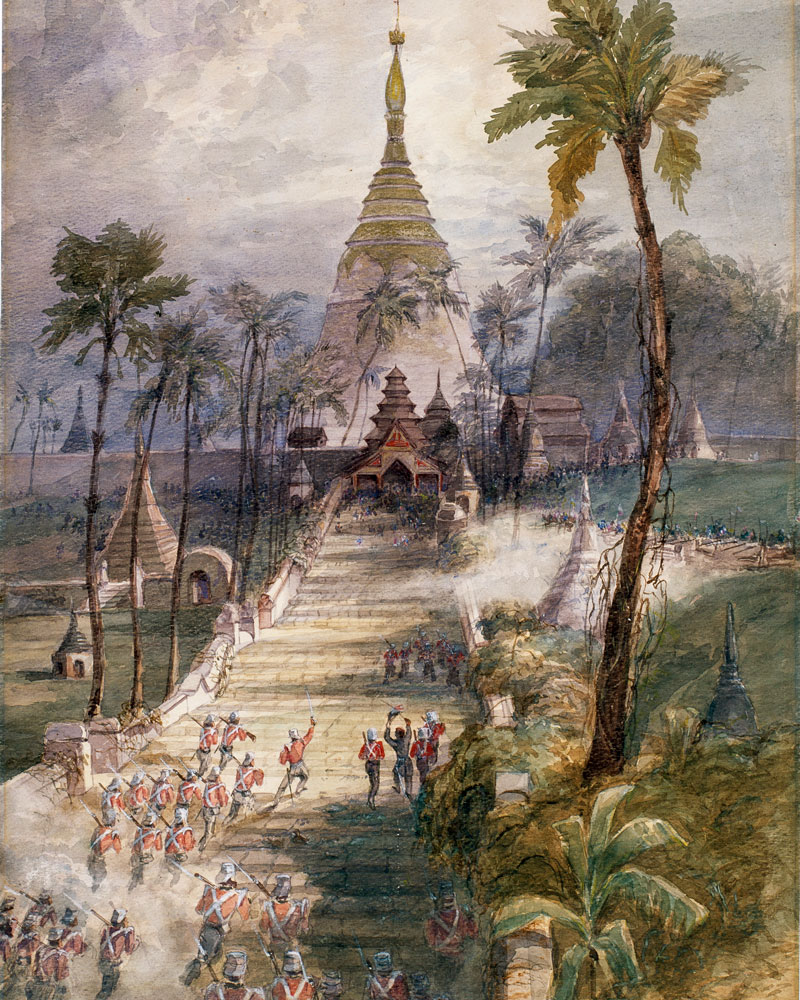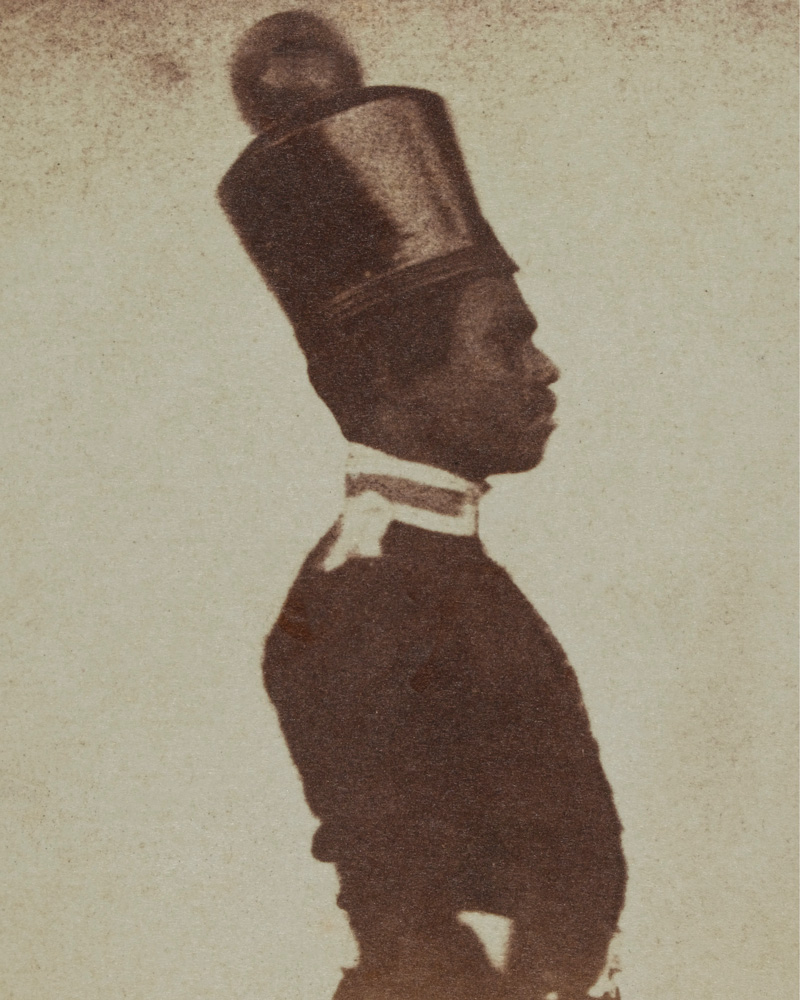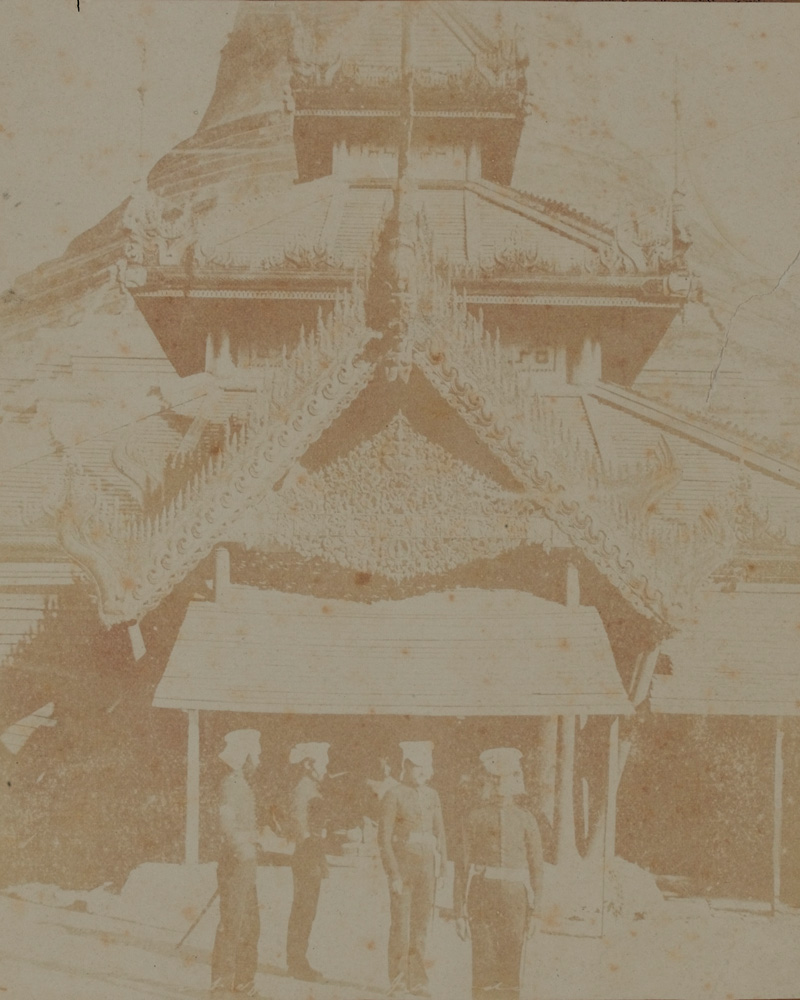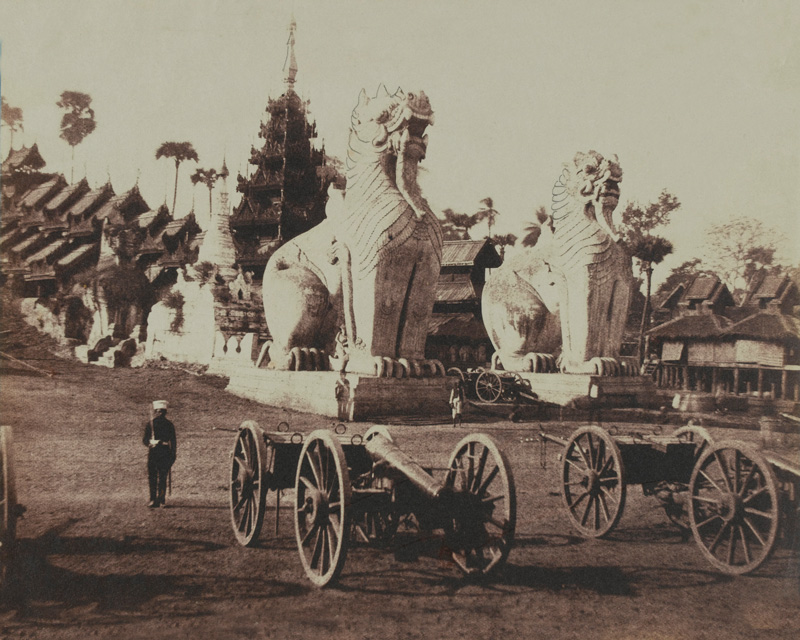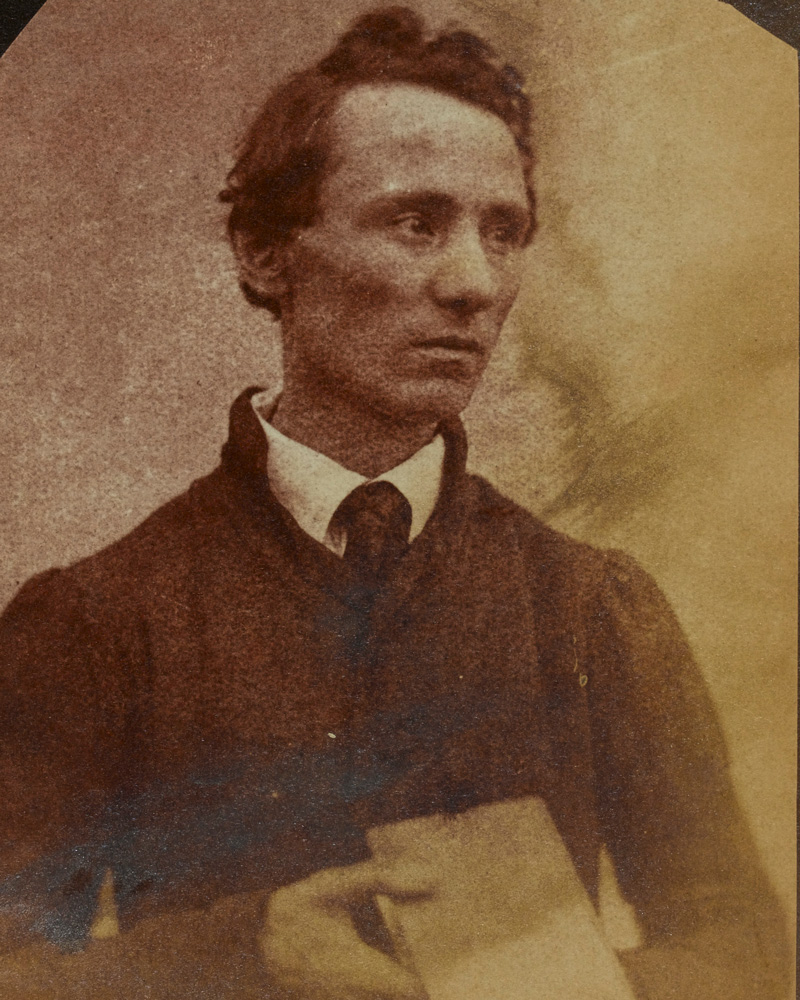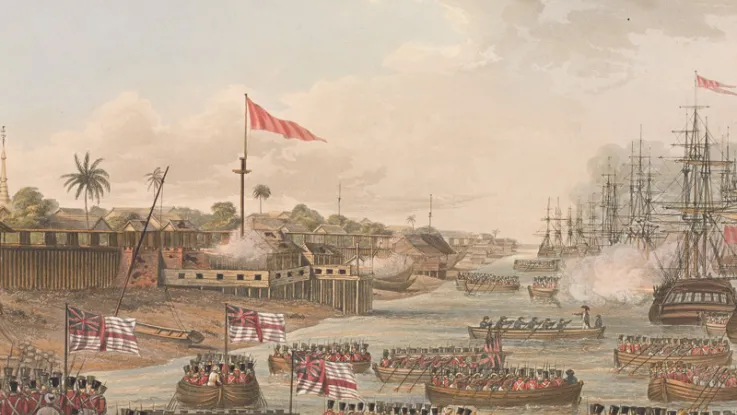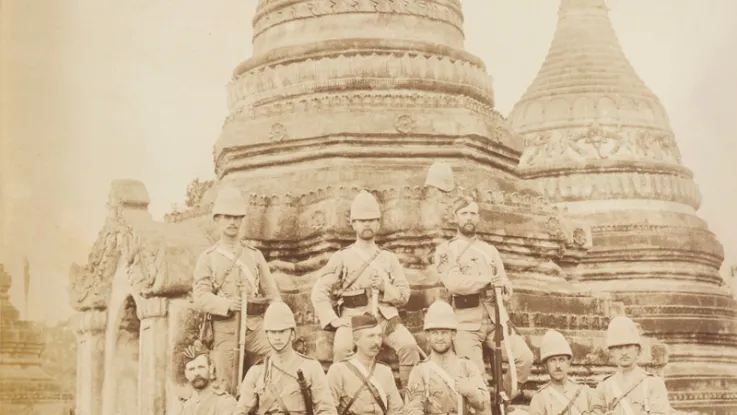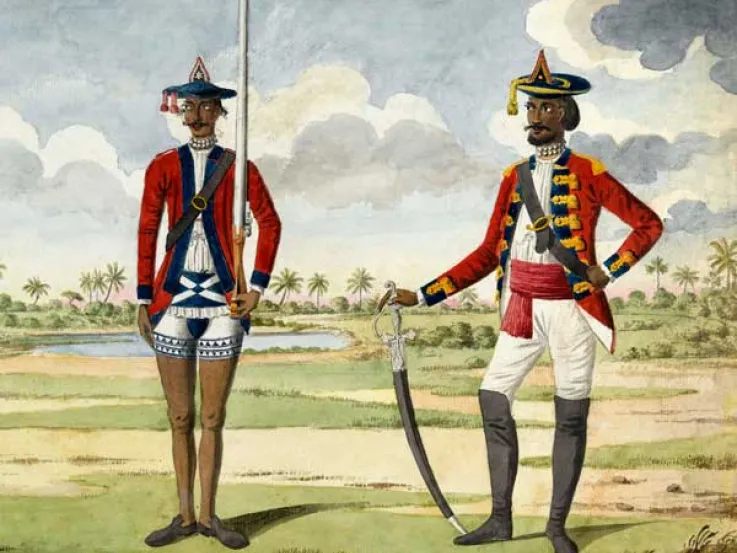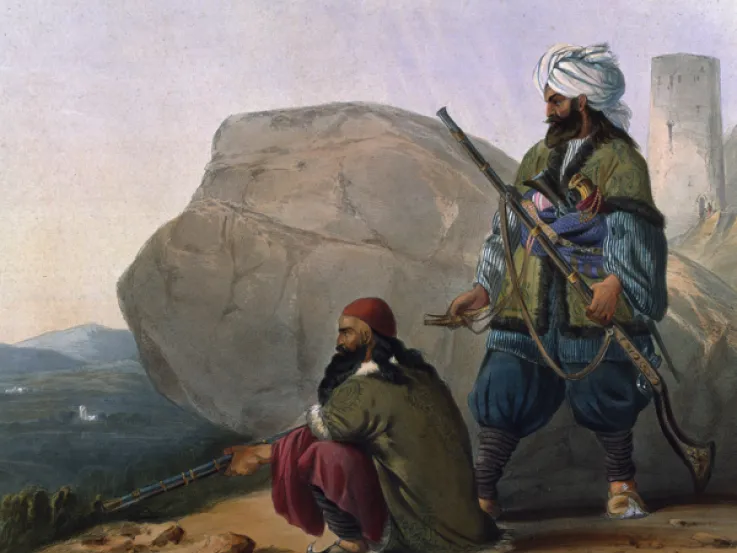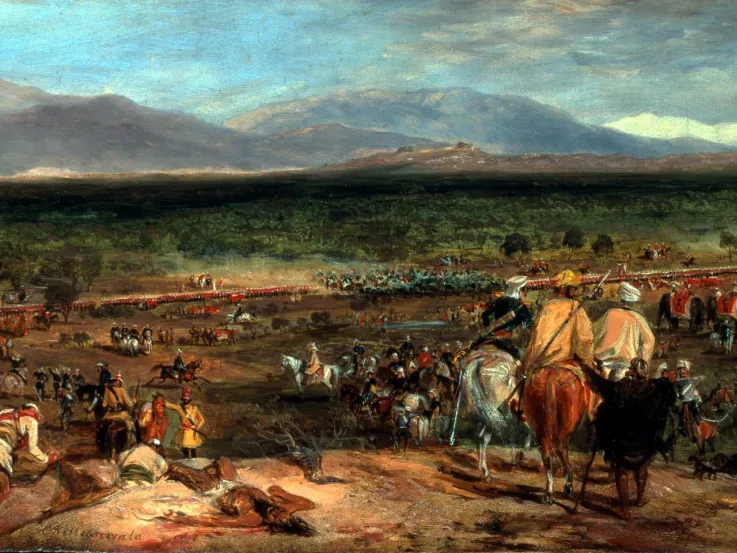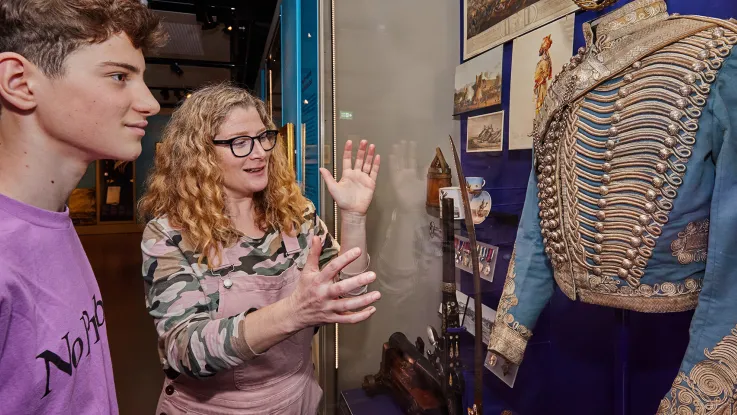Origins
At the end of the First Burma War (1824-26), the East India Company annexed the regions of Arakan (now Rakhine), Assam, Manipur and Tenasserim (now Tanintharyi).
The terms of the Treaty of Yandabo (1826) also opened up Burma to British commerce and saw a British Resident installed at Ava to oversee the royal court. This was a bitter humiliation for the once-powerful Burmese Empire.
In 1837, King Baggidaw, who had signed the treaty, was overthrown by his more belligerent brother, Tharawaddi. This hostile attitude continued under Tharawaddi's son, Pagan, who succeeded to the throne in 1846.
King Pagan’s animosity towards British traders, as well as his subjects' interference with shipping, led Lord Dalhousie, the Governor-General of India, to despatch a small naval force to Burma in 1852 to resolve these issues.
Naval clash
In an effort to appease the British, the Burmese made immediate concessions, including the dismissal of a provincial governor accused by the Company of charging excessive customs duties and infringing the rights of its mariners and trade representatives.
However, Commodore George Lambert, the British commander, angered the Burmese by demanding hefty financial compensation for these alleged slights. He then provoked a naval confrontation by blockading the port of Rangoon (now Yangon) and seizing King Pagan's royal ship.
Burmese forces
At this time, the Burmese army was estimated to be around 50,000-strong, much smaller than it had been during the First Burma War in the 1820s.
Its regular soldiers wore red jackets, with striped trousers or loincloths, and a distinctive spiked helmet made of lacquered bamboo. Although they now had more firearms, their general standard of training was not as high as during the first war.
Irregular Burmese troops wore their own native dress and were equipped with bows, swords, spears and a variety of outdated firearms. They proved most adept when fighting as guerrillas in their own jungle terrain.
Expedition
Increasingly concerned about French and American commercial influence in the delta region of the Irrawaddy River, Lord Dalhousie now sent a larger expedition under the command of General Henry Godwin. Known as the ‘Army of Ava’, this force primarily consisted of troops from the Madras Army and Bengal Army, reinforced by a small British Army contingent of three infantry battalions.
On 5 April 1852, the expeditionary force took Martaban (now Mottama) after a short naval bombardment. On 12 April, Godwin led a force ashore at Rangoon that included the 51st (2nd Yorkshire West Riding) Light Infantry and the 18th (Royal Irish) Regiment. After two days of fighting, the capture of Rangoon was completed with the storming of the Great Dagon (or Shwedagon) Pagoda.
The British then pursued the retiring Burmese army northwards. They took Bassein (now Pathein) on 19 May and Pegu (now Bago) on 3 June, after heavy fighting around the Shwemawdaw Pagoda.
Annexation
The fighting quickly drew to a halt when the monsoon broke. During this lull, the British decided to annex the lower Irrawaddy valley. Once conditions had improved, Godwin captured Prome (now Pyay) on 9 October 1852, meeting only light Burmese resistance.
In December, Lord Dalhousie informed King Pagan that the province of Pegu was now British, and that any further resistance would end in the destruction of his kingdom. The proclamation of annexation was formally announced on 20 January 1853.
End of campaign
This setback for the Burmese led to major changes at the royal court at Ava. Pagan was overthrown by his half-brother Mindon, who immediately sued for peace. The two Italian priests he sent to negotiate terms encountered the British at Myede (now Aunglan), around 50 miles (80km) further north from Prome, having occupied the surrounding Ningyan teak forests.
Although the major campaigning was now over, sporadic fighting and civil unrest continued for several months. The 'Army of Ava' was finally demobilised in July 1853.
The climate and physical exertion of waging war in Burma took a heavy toll on the British and Indian troops. General Godwin himself died shortly after returning to India, just before news arrived from London that he had been knighted for his services.
Aftermath
Despite King Mindon’s diplomatic overtures to the British, no treaty was ever signed to bring a formal end to the war. Trade soon resumed between the British and Burmese, but relations remained tense.
A third round of hostilities began in 1885, which led to the British occupation of Upper Burma.
